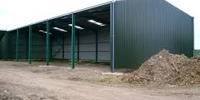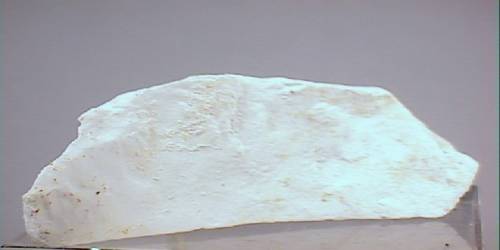Soil respiration is the creation of carbon dioxide by soil organisms as they breathe. It refers to the process by which soil microorganisms degrade organic matter and emit carbon dioxide (CO2) into the atmosphere. This comprises plant root respiration, the rhizosphere, microorganisms, and animals. It is an essential component of the carbon cycle and plays an important role in carbon exchange between the soil and the atmosphere.
Soil respiration is an important ecosystem activity that releases carbon from the soil as CO2. Plants absorb CO2 from the atmosphere and convert it into organic molecules through photosynthesis. These organic molecules are used by plants to generate structural components or to release energy through respiration. Plant respiration contributes to soil respiration when it happens below ground in the roots. Heterotrophs eat plant structural components over time. This heterotrophic consumption produces CO2, and when CO2 is produced by below-ground organisms, it is referred to as soil respiration.
Key points about soil respiration include:
- Microbial Activity: Soil respiration is primarily driven by the metabolic activities of soil microorganisms, such as bacteria, fungi, and other soil-dwelling organisms. These microbes break down complex organic compounds, such as dead plant material and root exudates, to obtain energy for their growth and maintenance.
- Carbon Cycling: The breakdown of organic matter during soil respiration releases carbon in the form of CO2. This process contributes to the cycling of carbon in ecosystems, as carbon is transferred between living organisms, dead organic matter, and the atmosphere.
- Environmental Factors: Several environmental factors influence the rate of soil respiration. These include temperature, moisture content, soil texture, and the quality and quantity of organic matter. Generally, higher temperatures and increased moisture levels tend to accelerate microbial activity and, consequently, soil respiration.
- Soil Types: Different soil types have different rates of respiration. Soils rich in organic matter, for example, often support higher rates of microbial activity and respiration than sandy or clayey soils with lower organic content.
- Seasonal Variation: Seasonal variations in soil respiration rates are common. Microbial activity tends to rise during warmer seasons in many ecosystems, resulting in higher rates of soil respiration. Colder temperatures, on the other hand, can slow down microbiological operations.
In the context of carbon sequestration and global climate change, understanding soil respiration is critical. Changes in land use, deforestation, and other human activities can all have an impact on soil respiration rates, hence affecting the quantity of carbon released into the atmosphere.
















